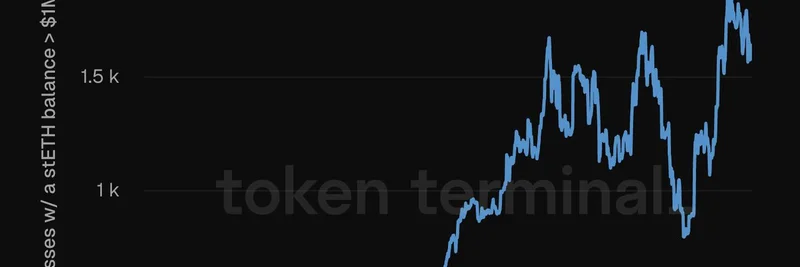Eric Wall, the sharp-witted crypto commentator and Taproot Wizards contributor, just dropped a thread that's got the privacy crowd buzzing. If you've ever wrestled with the nightmare of cross-chain transfers—hunting for bridges, dodging fees, and praying your wallet doesn't expose your entire financial history—this one's for you. Wall breaks down a game-changing feature in Zcash's Zashi wallet: Near Intents. It's like having a privacy ninja handle your payments across any blockchain, all while your ZEC stays shielded and snug.
Let's unpack it step by step, because Wall's excitement is contagious, but the tech deserves a clear spotlight.
The Magic of Near Intents in Action
At its core, Near Intents lets you fire off payments in any coin to any address on any blockchain—think Ethereum, Solana, Bitcoin, you name it—straight from the Zashi app. No need to unshield your funds, swap tokens, or bridge assets yourself. Instead, you make a simple shielded-to-shielded (z2z) ZEC transaction in the app. Behind the scenes, a relayer (that's the "someone else" Wall mentions) picks it up and executes the equivalent payment on the target chain.
It's non-custodial, meaning you never hand over control of your keys, and it keeps things private. Your ZEC balance? Invisible to chain analysis tools. The payments? Not linkable on-chain. Wall tested it out with a cheeky $2.54 "sponsored" transaction (shoutout to Zcash creator Zooko for the demo), and the Zashi app feels slick as butter.
But here's the real hook for meme token degens and blockchain builders alike: Imagine dumping ZEC into a hot Solana meme launch without anyone tracing it back to your main stack. Or funding a Bitcoin Ordinals drop while your history stays foggy. Privacy isn't just a feature—it's your shield in a world where every tx is a potential headline.
Privacy Perfected? Almost—With Caveats
Wall's not sugarcoating it. Right now, there are kinks: unshielded change or return transactions could leak info, as blockchain sleuth ZachXBT pointed out. Zashi's API might log some deets, and Tor (for extra anonymity) isn't default-on. "Wouldn’t use for anything critical just yet," Wall warns, crediting Udi Wertheimer for the heads-up.
Upgrades are inbound, though, promising tighter seals. And Wall's big bet? The killer app here is a shielded stablecoin. Pair that with ZEC's zk-SNARKs, and you've got a privacy powerhouse that could eat into the privacy gaps of even the biggest L1s.
Why This Matters for Bitcoin (and Your Meme Portfolio)
Wall saves the mic-drop for Bitcoin. Picture this on BTC: No Lightning Network headaches—no channels to fund, no liquidity puzzles, no invoices that expire mid-hustle, no routing fails. Just pure, non-custodial payments. Ditch the tedious CoinJoin mixers for dollar-store privacy levels. All it needs? One simple opcode on a scalable L2.
For us at Meme Insider, this hits home. Meme tokens thrive on virality and anonymity—quick flips without the taxman (or the doxxers) knocking. Tools like Zashi could level up how we move value in DeFi's wild west, blending Zcash's privacy edge with Near Protocol's intent-based wizardry. It's a reminder that true innovation hides in the intersections: privacy tech meeting cross-chain dreams.
If you're knee-deep in meme plays or just tired of traceable txs, fire up Zashi (zcash.network/zashi) and give Near Intents a spin. Wall's thread (x.com/ercwl) is worth the full read—it's the kind of insight that sparks the next big shift in how we pay privately.
What do you think—ready to shield your meme gains? Drop your takes below.



